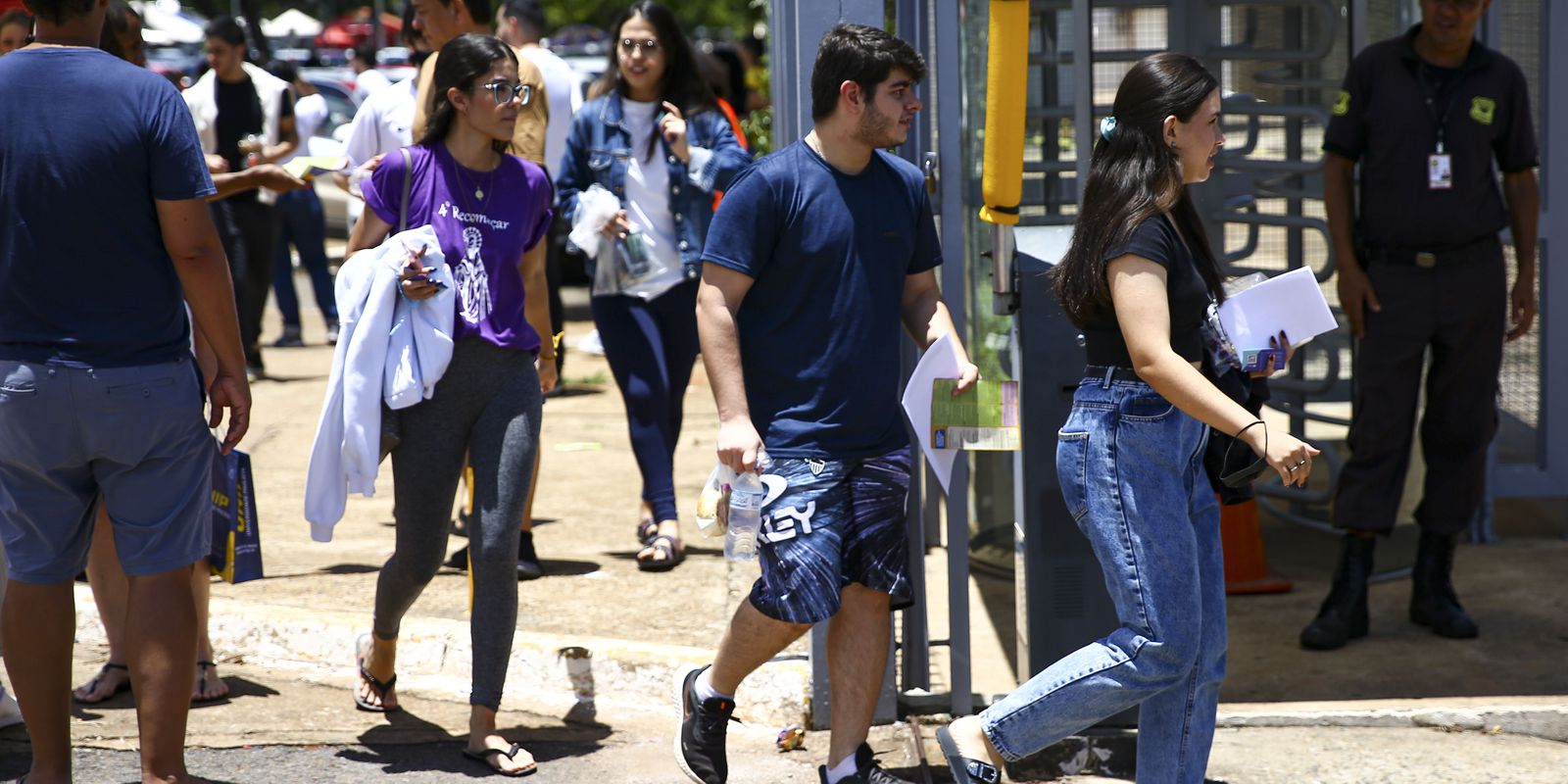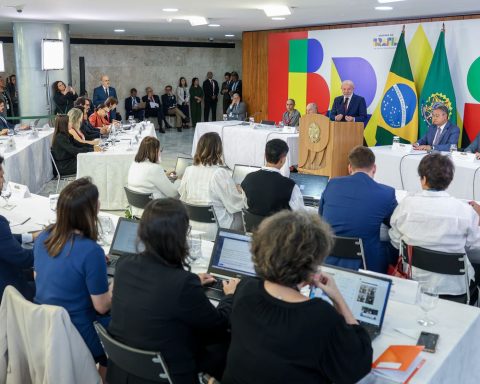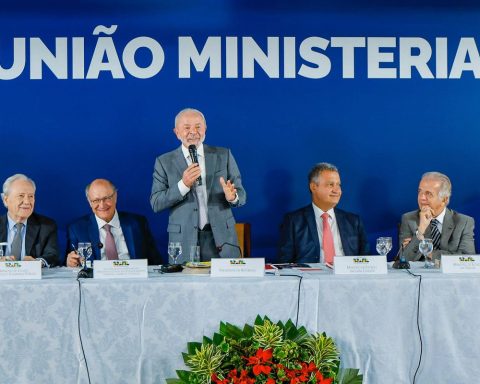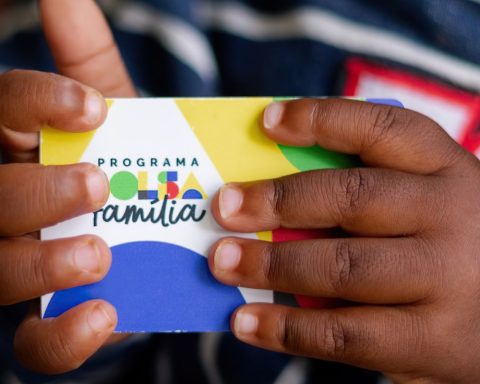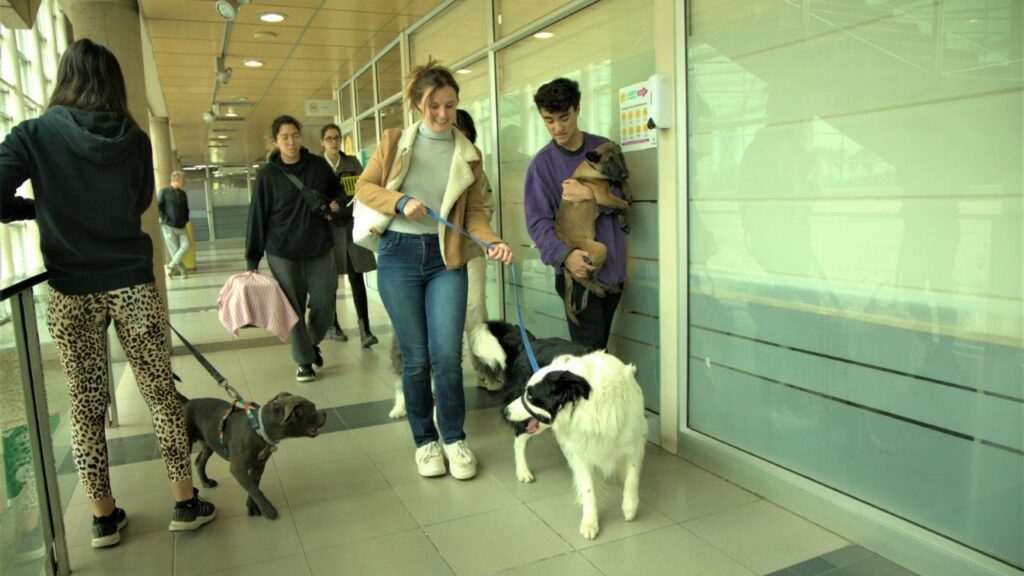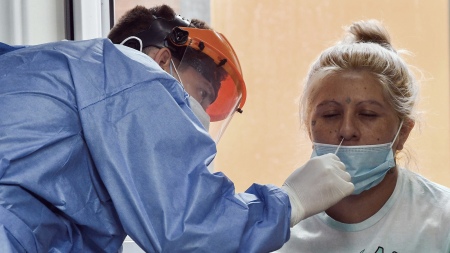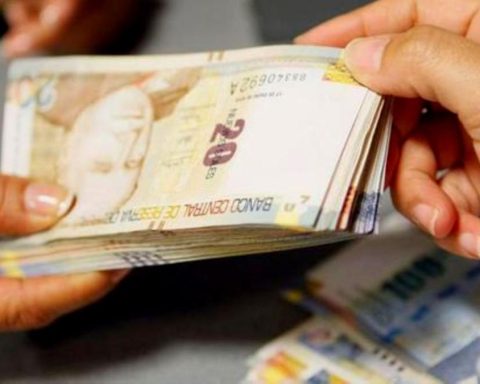In this edition of the National High School Exam (Enem), 35,974 participants have specialized service to take the exam. The option is intended for people who fit into any of the 17 conditions that entitle them to accessibility resources to take the tests. 
Of this public, the participants with the highest number of requests are those with attention deficits (10,481). Then there are those enrolled with low vision (5,570) and those with physical disabilities (4,573).
The exam is administered by the National Institute of Educational Studies and Research Anísio Teixeira (Inep) on two Sundays, today, November 13, and on November 20, for more than 3.3 million people. Of these, 3,331,566 will take the paper test and 65,066 on a computer. In total, there are 16 types of accessibility resources available for the printed exam and six for the digital one.
Specialized services are part of Inep’s Accessibility and Inclusion Policy, instituted in 2000, with operations for participants with disabilities. From the year 2000 onwards, tests in Braille, extended tests, assistance for reading and transcription, as well as a translator and interpreter in Brazilian Sign Language (Libras) were implemented — since 2013, the Institute has also published the public notices for the Enem in Libras.
Several other resources were also included in the list of services over time. Currently, it is allowed to use their own materials, such as a typewriter in Braille, overlay blade, slate, punch, soroban or cubarithm, thick-point pen, typoscope, signer, special glasses, magnifying glass, teleloupe, lamp, support boards, multiplane and inclined plane. The participant can also be accompanied by a guide dog.
